Word Count: 747
Average Read Time: 2.5 minutes
When planning to make a change, we tend to look at the best case scenario. We lay out exactly how we’re going to get from point A to point Z, without considering what obstacles might lie in our path at points B through Y. We’ve all done it. We picture the best possible scenario in our minds and truly believe we can get to our goal without stumbling along the way.
In reality, life is hard. Things get in the way. Things don’t go as planned. Our To-Do lists take longer to complete than we plan for. We have a million responsibilities competing for our time and mental energy. Then, in the face of all that, we somehow expect to stick to the new five-day-per-week workout plan and diet plan that we found online.
We start diets and workout plans that aren’t realistic for our situation. We end up spending most of our lives fighting against our schedule instead of working with our schedule. Forget about what you think is best and find what’s best for you.
I recently discovered an old proverb that says, “Let go, or be dragged.” This perfectly sums up how your approach to fitness (and any other pursuit) should be. Let go of what you believe to be best and start with what is easiest for you to stick to. Sure, having a plan that’s scientifically sound is important, but adherence is even more important.
Let go, or be dragged.
Optimal Vs. Realistic
Training
It’s time for my favorite phrase:
The best workout program in the world is the worst program for you, if you can’t stick to it.
Focus on building the habit of working out. After you’ve cemented that habit, then and only then, start to tweak your program. If you make a tweak that’s better on paper, but makes it harder for you to stick to your program, remove it without hesitation. It’s that simple. Please don’t learn this the hard way, like me.
You see, I love to nerd out on the latest fitness and nutrition studies. I used to always read studies and books, looking for ways to tweak my program to make it better. The problem with this is often times, I would implement new concepts that either put a strain on my schedule or were simply unenjoyable to me.
As much as I hate to admit it, I can be stubborn. (My wife is probably nodding in agreement right now.) Because of this, I would stick with the new plan I’d wrote for myself for weeks or even months until I eventually dreaded going to the gym. It took a while, but I eventually learned my lesson. You guys are smart, so hopefully you’ll learn from my mistake.
I still nerd out on text books and studies. The difference is, now I view new information through the lens of, “Can I stick to this long term?” If it isn’t something I can stick to, I file it away and don’t dwell on it.
Nutrition
Now for my other favorite phrase:
The best diet in the world is the worst diet for you, if you can’t stick to it.
You don’t have to eat 14 meals per day that are spaced exactly 34.29 minutes apart. You don’t have to do keto or intermittent fasting. You don’t have to go vegan. You don’t have to go gluten free. You don’t have to cut out sugar.
When it comes to dieting for fat loss and/or muscle growth, Calorie intake and protein intake are really the only things that matter. How can you accomplish those goals most easily? Based on your schedule and preferences, what diet changes can you make to most easily lower your Calories and increase your protein? (Click here for easy diet and exercise habits to work on.)
Takeaway
If you only remember one thing from this whole post, remember this: Focus on building a habit. After you’ve cemented that habit, then and only then, start to tweak it.
Thank you so much for reading! If you found this information helpful and want to help the Treadaway Training blogcast grow, simply share this post with a friend. If you like what I have to say, sign up below to become a Treadaway Training insider and get notified for each blogcast and video. I will be back here Thursday with another fat loss topic. As always, God bless you AND your family and I'll see you Thursday.








